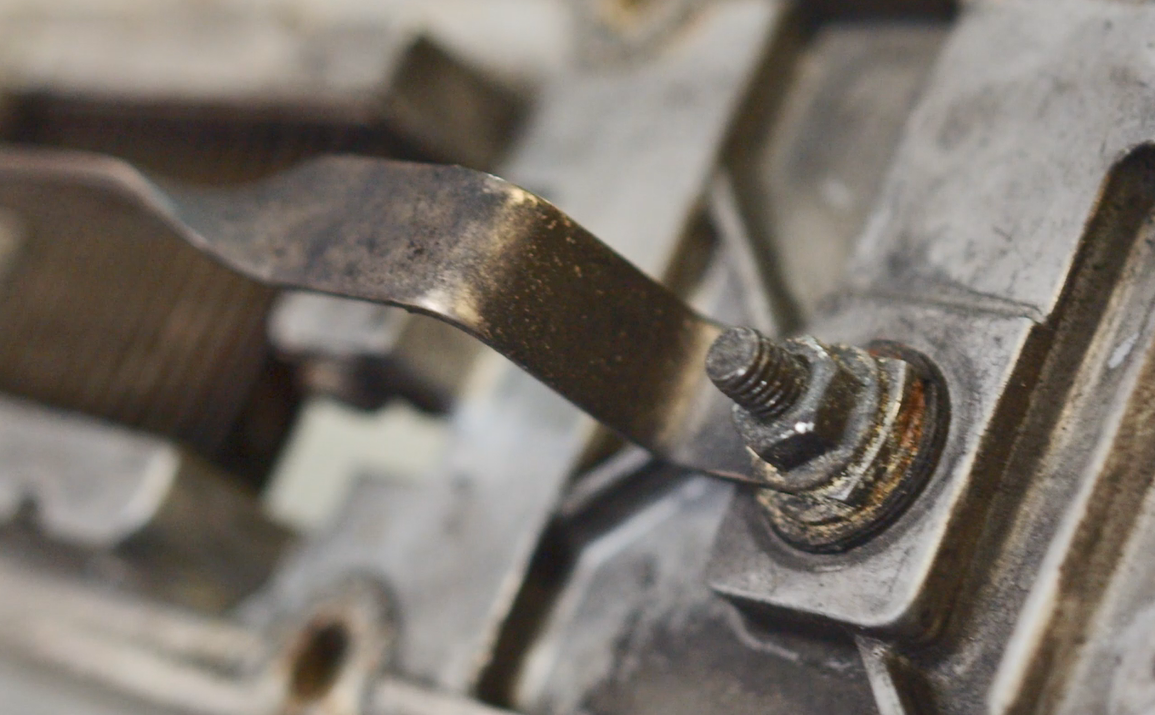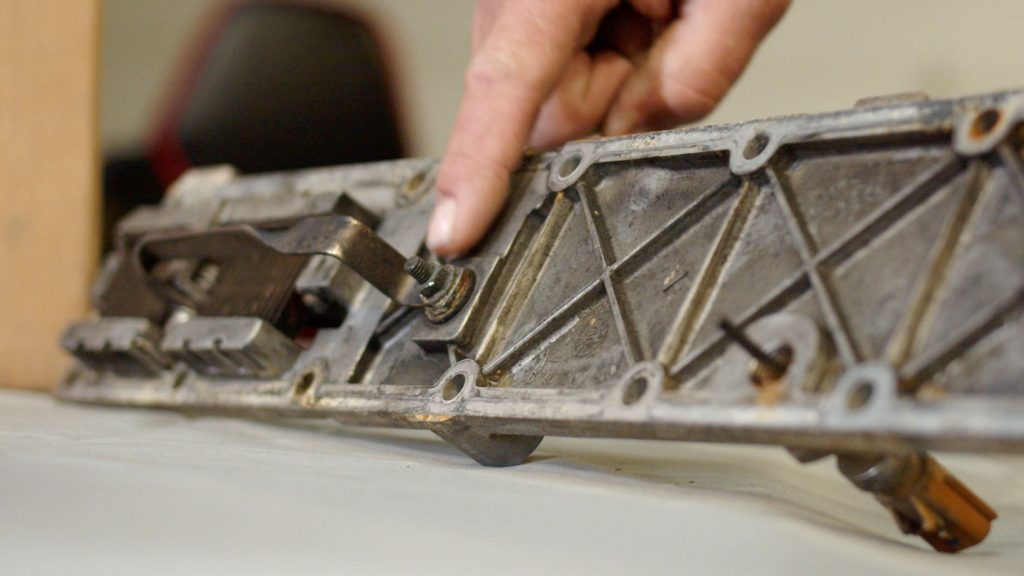6 7 Cummins grid heater problems can include electrical issues and malfunctioning relays that cause the heater to fail. Repairing or replacing faulty components is essential for restoring optimal function.
When it comes to maintaining the performance of your 6 7 Cummins engine, addressing grid heater problems promptly is crucial. Ignoring these issues can lead to starting difficulties and poor engine performance. By understanding common grid heater problems and taking appropriate actions, you can ensure the smooth operation of your engine.
Now, let’s delve into the specific challenges that owners of 6 7 Cummins engines may encounter with their grid heaters.

Credit: www.onallcylinders.com
Common Grid Heater Issues
Encountering 6. 7 Cummins grid heater problems can lead to starting issues due to malfunctions. Common issues include electrical faults and buildup of debris, impacting engine performance. Timely maintenance and inspection can prevent these problems from disrupting your vehicle’s functionality.
Faulty Grid Heater
One of the frequent grid heater issues is a faulty grid heater that fails to function properly.
- Causes: Dirt or corrosion on contacts, wiring issues.
- Symptoms: Engine struggling to start, reduced performance.
- Solutions: Cleaning or replacing the grid heater, checking wiring.
Grid Heater Relay Problems
Grid heater relay problems can also cause issues with the overall functioning of the grid heater system.
- Indications: Inconsistent grid heater operation, engine misfires.
- Common Causes: Relay malfunction, electrical faults.
- Resolutions: Replace faulty relay, inspect electrical connections.

Credit: official.bankspower.com
Symptoms Of Grid Heater Problems
Grid heater problems in a 6.7 Cummins engine can manifest through various symptoms, indicating potential issues that need attention. Recognizing these warning signs early can help prevent further damage to your engine.
Hard Starting
- Slow or challenging engine start-up
- Increased cranking time before ignition
- Unusual stalling or sputtering during start
Excessive Smoke
- Abnormal thick smoke emission from exhaust
- Continuous smoke even after warm-up
- Strong odor or colored smoke indicating fuel combustion issues
Addressing these symptoms promptly can save your engine from more severe problems down the line.
Diagnosing Grid Heater Issues
Diagnosing grid heater issues in your 6 7 Cummins engine is crucial for maintaining optimal performance. Understanding common grid heater problems and knowing how to diagnose them can help prevent engine issues and ensure smooth operation. Below, we’ll explore the steps involved in diagnosing grid heater problems, including checking the grid heater element and testing the grid heater relay.
Checking Grid Heater Element
Start by visually inspecting the grid heater element for any signs of damage or wear. Look for cracks, breaks, or discoloration that could indicate a faulty element. Use a multimeter to test the resistance of the grid heater element. The typical resistance value for a functioning grid heater element should be within a specified range. Compare your reading with the manufacturer’s specifications to determine if the element is working properly.
Testing Grid Heater Relay
Check the grid heater relay for proper functionality by testing it with a multimeter. Ensure that power is being transmitted through the relay when activated. Additionally, inspect the relay for any signs of corrosion or overheating, as these issues could affect its performance. If the relay is not functioning as expected, it may need to be replaced to ensure the grid heater operates efficiently.
Grid Heater Maintenance
Keeping your Cummins 6.7 Grid Heater in good condition is essential to ensure optimal engine performance. The grid heater plays a crucial role in cold weather starting by preheating the air entering the engine, especially during frigid temperatures. However, like any other component, the grid heater is prone to certain issues that can affect its functionality.
Cleaning The Grid Heater
Cleaning the grid heater is a vital maintenance task that you should perform regularly. Over time, carbon deposits, dirt, and grime can accumulate on the grid heater, impairing its ability to heat the incoming air effectively. This can result in difficulty starting the engine or poor performance.
Follow these steps to clean your grid heater:
- Ensure the engine is off and cool before starting any maintenance work.
- Locate the grid heater. It is typically found between the intake manifold and the air filter housing.
- Disconnect the wiring connection from the grid heater.
- Using a suitable cleaning solution and a soft brush, gently scrub the grid heater to remove any carbon deposits or dirt.
- Rinse the grid heater thoroughly with clean water.
- Allow the grid heater to dry completely before reassembling the components and reconnecting the wiring connection.
Inspecting Wiring Connections
The wiring connections of the grid heater should be inspected regularly to prevent any electrical issues. Faulty or loose connections can disrupt the grid heater’s operation, leading to performance problems.
Follow these steps to inspect your grid heater’s wiring connections:
- Ensure the engine is off and cool before starting any maintenance work.
- Locate the wiring connections of the grid heater.
- Check each connection for any signs of damage, corrosion, or loose wires.
- If you notice any issues, carefully clean the connectors and tighten any loose wires.
- If necessary, replace any damaged wiring or connectors with suitable replacements.
By regularly cleaning the grid heater and inspecting its wiring connections, you can prevent potential problems and ensure efficient engine performance, especially during cold weather. Maintaining your grid heater not only improves starting reliability but also helps enhance fuel efficiency and overall engine longevity. Stay proactive with these simple maintenance tasks to keep your Cummins 6.7 running smoothly!
Upgrading The Grid Heater System
If you’re experiencing issues with your 6 7 Cummins grid heater system, it may be time to consider upgrading. The grid heater is an important component that helps with cold starts by preheating the intake air. However, over time, it can develop problems that affect its performance. In this article, we’ll explore some common grid heater problems and discuss how upgrading the system can improve its efficiency and reliability.
Upgraded Grid Heater Elements
One of the main components of the grid heater system is the heating elements. These elements are responsible for generating heat and preheating the air before it enters the engine. Over time, the factory-installed heating elements can wear out or become less efficient.
By upgrading to aftermarket or performance grid heater elements, you can ensure that the system is providing optimal preheating capabilities. These upgraded elements are often designed to provide a higher heat output, allowing for faster and more efficient preheating. They are also built to last longer, reducing the chances of failure or decreased performance in the future.
Performance Grid Heater Relays
Another important component of the grid heater system is the relays. These relays are responsible for activating the grid heater elements and controlling the preheating process. Over time, the stock relays may wear out or become unreliable, leading to issues such as slow preheating or failure to activate the elements.
By upgrading to performance grid heater relays, you can ensure that the activation of the heating elements is efficient and dependable. These relays are often designed to handle higher loads and provide a more consistent power supply to the grid heater elements. As a result, you can expect improved performance and reliability from your grid heater system.

Credit: www.ebay.com
Optimizing Cummins Grid Heater Performance
6.7 Cummins grid heater problems can be a headache, especially in cold weather conditions. However, by taking the right precautions and following proper warm-up procedures, you can optimize the performance of your Cummins grid heater and prevent potential issues.
Cold Weather Precautions
- Keep the grid heater system clean and free from debris to ensure efficient operation, especially in cold weather.
- Use a block heater to pre-warm the engine and reduce the workload on the grid heater during cold starts.
- Keep the battery charged to ensure sufficient power for the grid heater to function effectively in cold temperatures.
Proper Engine Warm-up Procedures
- Allow the engine to idle and warm up for a few minutes before driving in cold weather.
- Avoid revving the engine excessively during warm-up to prevent straining the grid heater.
- Monitor the engine temperature gauge to ensure the grid heater has enough time to warm the intake air.
Frequently Asked Questions On 6 7 Cummins Grid Heater Problems
How Do I Know If My Cummins Grid Heater Is Failing?
If your Cummins grid heater is failing, you may experience difficulties starting your engine in cold weather or notice a decrease in fuel efficiency. Additionally, you might see the “Wait to Start” light staying on longer than usual or the check engine light illuminating.
Consulting with a mechanic is advisable to diagnose the issue accurately.
What Causes A Cummins Grid Heater To Malfunction?
Several factors can contribute to a Cummins grid heater malfunction, such as a faulty relay, relay fuse, or temperature sensor. Additionally, a buildup of carbon or soot on the grid blades can hinder proper operation. Understanding the root cause will help address the issue effectively.
How Can I Prevent Grid Heater Problems In My Cummins Engine?
Regular maintenance is key to preventing grid heater problems. Ensuring that your engine is serviced according to the manufacturer’s recommendations will help keep the grid heater functioning optimally. Additionally, avoiding excessive idling and using high-quality fuel can also contribute to maintaining a healthy grid heater system.
Conclusion
Addressing 6. 7 Cummins grid heater problems is crucial for maintaining engine performance and reliability. By understanding and addressing common issues, such as wiring faults and heater grid failures, you can ensure smooth operations and prevent costly repairs. Stay proactive in your maintenance to keep your engine running smoothly.